This is why

Something that I’ve alluded to in various blog posts, and is present in the whole of my webpage, but I’ve never specifically talked about, are my thoughts on openness, sharing, money, and capitalism. Ever since Ray Evanoff prodded me to write something more about the ‘magic’ stuff that him and I have talked about, I’ve really gotten into the idea of doing these kind of blog posts, in between my generally technical/informative ones. So this is another one of these posts.
[su_pullquote align=”right” class=””]You do what you think is right especially when it’s hard to do, otherwise it doesn’t matter.[/su_pullquote]
I’ve always been a quite open, helpful, and sharing person. I suppose it’s in my nature to be that way, but increasingly, I’ve made a conscious effort to act in this manner. Even if it is difficult or embarrassing. You do what you think is right especially when it’s hard to do, otherwise it doesn’t matter. “It’s easy until it’s hard”. I strongly believe that acting in this manner can (and will) change the world. Kindness is contagious, and openness/honesty is viral. That sounds real hippy-dippy, but read on.
From a young age I always knew that music was not going to be something I made money from. Even then, as a teenager making slightly weird rock music, I knew nobody would want to pay money for it, much less listen to it. I guess it didn’t hurt that I grew up in a country where art is nearly valueless. But off the back of that I began fostering the idea of being financially and aesthetically independent. I saved up and bought a 4-track recorder and some microphones, I studied sound engineering, I took photography and design classes, and for many years I recorded and was involved in the artwork/packaging of everything I made. Although at the time this was more about being self-sufficiently practical than it was political/philosophical, it laid the groundwork for that possibility later in my life.
During this period of time I made several CDs. All of them were recorded/mixed myself (with occasional help from friends) and were packaged in DIY, often, one-of-a-kind, artwork/packaging. I thought that if someone was going to pay money for a CD, they should get a beautiful, hand-made, art object out of it. Something that was literally touched by me as it was being made. Further on, once in a relationship with Angela Guyton, she would make most of the artwork and I would handle the design/layout, and then we would both physically stamp/silk-screen/assemble everything. Looking back on this now, this was a transitional period. Not wanting to have commercially made CDs, but still wanting the thing being sold to mean something, or have artistic value.
Bach Prelude in F minor #12 from The Beatles White Album, a CD from this period:
Somewhat in parallel with this approach to music making I was getting further into DIY electronics and instrument making. I began Circuit-Bending and making my own guitar pedals. The communities around these activities were full of open and helpful people. I took part in many conversations on the mailing lists related to these over the years. That sense of community was very powerful, and although not everyone would be open with their bends or designs, most people were. I found some guitar pedal designs by a company called 4ms pedals (SoundShimmer back then). In particular, I was blown away by Dan Green’s (the guy behind 4ms) ‘paper circuits’. He created circuit designs which you were meant to print out, glue to a piece of cereal box, and then populate with components. The design was open-source, and super DIY. This resonated strongly with me. To this day I own a ‘paper circuit’ version of the Atoner pedal, and my Noise Swash, although long in the tooth, is one of the coolest pedals I own.
[su_pullquote align=”right” class=””]It represented an idea, an approach, a philosophy made manifest.[/su_pullquote]
Along side 4ms pedals, I came across ciat-lonbarde instruments, which blew me away for similar reasons. The first thing I bought (and then built) by Peter Blasser (the guy behind ciat-lonbarde) was a Fourses. If I’m not mistaken, I have a Fourses that was made out of the wood from Peter’s basement walls! The Fourses came as a kit, and took me quite a while to assemble. To this day, it’s one of my favorite instruments to play with. Peter later started making paper circuits as well, inspired by 4ms pedals. It was ciat-lonbarde instruments, in particular, that gave me this deep and powerful feeling. Something almost religious or mystical, in the sense that it was beyond an instrument. It represented an idea, an approach, a philosophy made manifest.
I later started learning and playing with Max/MSP, which you can read a detailed account of in my blog post about karma~, the external for Max that I was involved in making. I will summarize some of what I say in that blog post by saying that I was able to learn how to program because other people were generous and open with their own software and help. Software has some interesting qualities, not the least of which is that is not a physical thing. It is just information. It has no physical footprint, and as such, costs no resources to produce. There is something attractive about that that ties in to my view of making videos which I discuss later on.
For as long as I’ve been writing software, I’ve been sharing it freely. Since making the original version of The Party Van, I knew I wanted to share everything I made openly. I wanted to be part of that profound sharing feeling I felt when building or using a ciat-lonbarde/4ms/narrat1ve instrument.
I’ll share a side-story here. A couple of years ago I (freely) put out a piece of software (C-C-Combine) that was based around concatenative synthesis. The way the software worked is that you analyzed a pre-recorded body of samples, then you could play back that ‘corpus’ of samples using real-time audio input. In building this software I made several of my own corpuses (corpora) using some of the esoteric sound sources I was working with at the time. When I originally shared C-C-Combine, I did not include the my corpora with it. There was a practical reason for this; the samples and analysis data were quite large, and would make the download significantly bigger. There was also the fact that I wouldn’t imagine people would want to use the samples I had made, since the whole idea of the software was that people could easily input the sounds they wanted into it, to then use. But there was a tiny part of me that did not want to share the corpora for reasons of ego. The corpora I had put together very much sounded like “me”, and I didn’t necessarily want people to be able to do that so easily. I thought about this for a couple of days, and came to the conclusion that I needed to share them especially because of this reason. I have since put them up as independent downloads on the C-C-Combine page so people can download the ones that they are interested in. I needed to share especially when I didn’t want to. Especially when it was difficult. It would also force me to push what I did with the samples further, since everyone would have access to the same materials.

In addition to the practical aspects of sharing this way, I started to take on the philosophical thinking in to how I approached music making in general. I started shifting my ‘compositional’ thinking away from composing specific gestures and “telling people what to do” to creating contexts, situations, and behaviors that allowed performers (often myself) to work inside of. This was part of a general alignment with what I thought about the world, and how I made art in it. I not only wanted to change how my art interfaced with the world, but how I made that art in the first place.
Making videos is a big part of what I do. It’s also a big part of how I view art, and the world. I’ve come across so much interesting art and music via Youtube and Vimeo. If someone mentions a new artist or musician, I generally look at these pages first, to see what I can find. In many ways, this 2880×1800 area is my window to the world, and where I live a lot of my life. So it is natural that I should exist and create in that place as well.
[su_pullquote align=”right” class=””]When video becomes more than a document, and its own medium, there are things that you can do that cannot happen in a live context.[/su_pullquote]
Over the last couple of years I have performed (my own music) live less and less and made more and more videos. This was not a specifically conscious thing, but a tendency that I only noticed after the fact. Performing in front of a camera, as a virtual audience, scratched the same itch as performing live. For me, as a performer, it is imbued with the same ritual sense of time and space as performing in front of people. It has also allowed some profound collaborations with Angela Guyton (and others). When video becomes more than a document, and its own medium, there are things that you can do that cannot happen in a live context. It is not a film, nor it is performance. It is something different.
[su_pullquote align=”right” class=””]So if I made a CD and decided to give it away, I was making a decision to de-commodify an object of commerce. The medium was still one of capital exchange, and, at most, I would be subverting that by giving it away.[/su_pullquote]
I was having a conversation with Charlie Sdraulig at some point last year while housing him as part of a concert in my previous life as a new music performer. During this conversation I came to the realization that one of my draws to making videos was that it was an inherently value-less medium. When we go on to Youtube or Vimeo, or most online video streaming webpages, we do not expect to pay for anything. Granted there are ads we are being served, and it is commodified in other ways, but in terms of how we interface with it, it is inherently free. So if I made a CD, or an ‘album’ and decided to give it away (physically or virtually via a download link), I was making a decision to de-commodify an object of commerce. The medium was still one of capital exchange, and, at most, I would be subverting that by giving it away. With video, specifically online video, that was not the case. Online video is a child of community, sharing and openness. Even though now, like most things, it is a commodified space, its origins are not based in that.
In line with much of my philosophical thinking, I do not apply to calls for works, contests, commissions (as a performer or composer), or generally function within the world of ‘making a living’ from my creative output. There has been one exception to this. Several years ago, before becoming as hard-lined about funding as I am now, I applied to an ‘open commission’ for the Manchester Jazz Festival. I only applied because it was a specifically open commission where you pitched what you want and who you want to play it with. I pitched a project about a dynamic networked score system and although I was not successful, my application was earmarked. Later, when Jazz North got in touch with me I wasn’t sure if I wanted to take part in this as I had since solidified my views on art and money, but I decided I would meet with them anyways and only move forward with it if I could get behind the project 100%. Long story short, this became the dfscore System, which as well as being a tool for some of my creative output, ties strongly with improv education, which is something I feel very strongly about. Once this project is over, I do not plan on applying for any more funding.
One of the perks of growing up in a country/society where art is not valued is that I am free to make whatever I want, with whoever I want. I am not dependent on funding, or applications, or commissions, or anything to determine whether or not a project is viable. There is no filter to my creative output. Granted, I have little to no financial support in making art, but I have developed my general creative practice around being independent anyway. Again, this was not intentional, but it has certainly become useful.
[su_pullquote align=”right” class=””]An artistic de-evolution where creative people function simply as the aesthetic articulators of market forces. Creative people making art that satisfies funding bodies, and funding bodies creating applications for art that satisfy no one.[/su_pullquote]
Part of not wanting to apply for funding in anyway is to retain that independence. Even if I only applied for funding for projects I genuinely wanted to do, I would still likely prioritize the projects that got funding over ones that didn’t, leaving some (financially or funding-ly unattractive projects) at the bottom of the pile. And that’s the best case scenario. A more cynical scenario would be that I would put together projects that satisfied funding applications or specific grants, which I would have not normally done otherwise. I am generally an incredibly positive person, exhaustingly optimistic, but this is one thing I do fear. An artistic de-evolution where creative people function simply as the aesthetic articulators of market forces. Creative people making art that satisfies funding bodies, and funding bodies creating applications for art that satisfy no one. A good friend, David Pocknee, relayed this concept that one of his friends, Jeremiah Runnels, articulated, of subprime art. A circle(-jerk) of a loop that produces art that is, both aesthetically and financially worthless.

[su_pullquote align=”right” class=””]After all, what I want is for there to be art, not necessarily to be the one to personally make it.[/su_pullquote]
I came to the realization the other night that if part of my interest, as a creative human being, is for more art to exist in the world, then to share the tools/concepts of creation, and to be helpful to others creating it, is one of the most efficient ways to do this. By creating and freely sharing software tools and concepts, I am helping to facilitate the creation of more art than I could be personally responsible for making. After all, what I want is for there to be art, not necessarily to be the one to personally make it.
Along these lines comes the idea of sharing the process, and the thinking behind things. It is why I make (increasingly!) long blog posts about my thinking behind each piece, or video, or bit of software. Not only are these things actually part of the art itself (ie a tutorial video for a piece of software that took Ang and I months to plan and make) but by showing my process and thinking, I am communicating what I think is important in the creation of the art. This can be as valuable as the art itself since it is transferable to what other people think. The ideas behind the art.
That is what this is. This is why I do these things. This is how I do these things. This is the part behind the art. This is why I am an open person. Why I share and give away everything I make. This is why I am a kind person. Why I am helpful. Why I am always smiling and laughing.
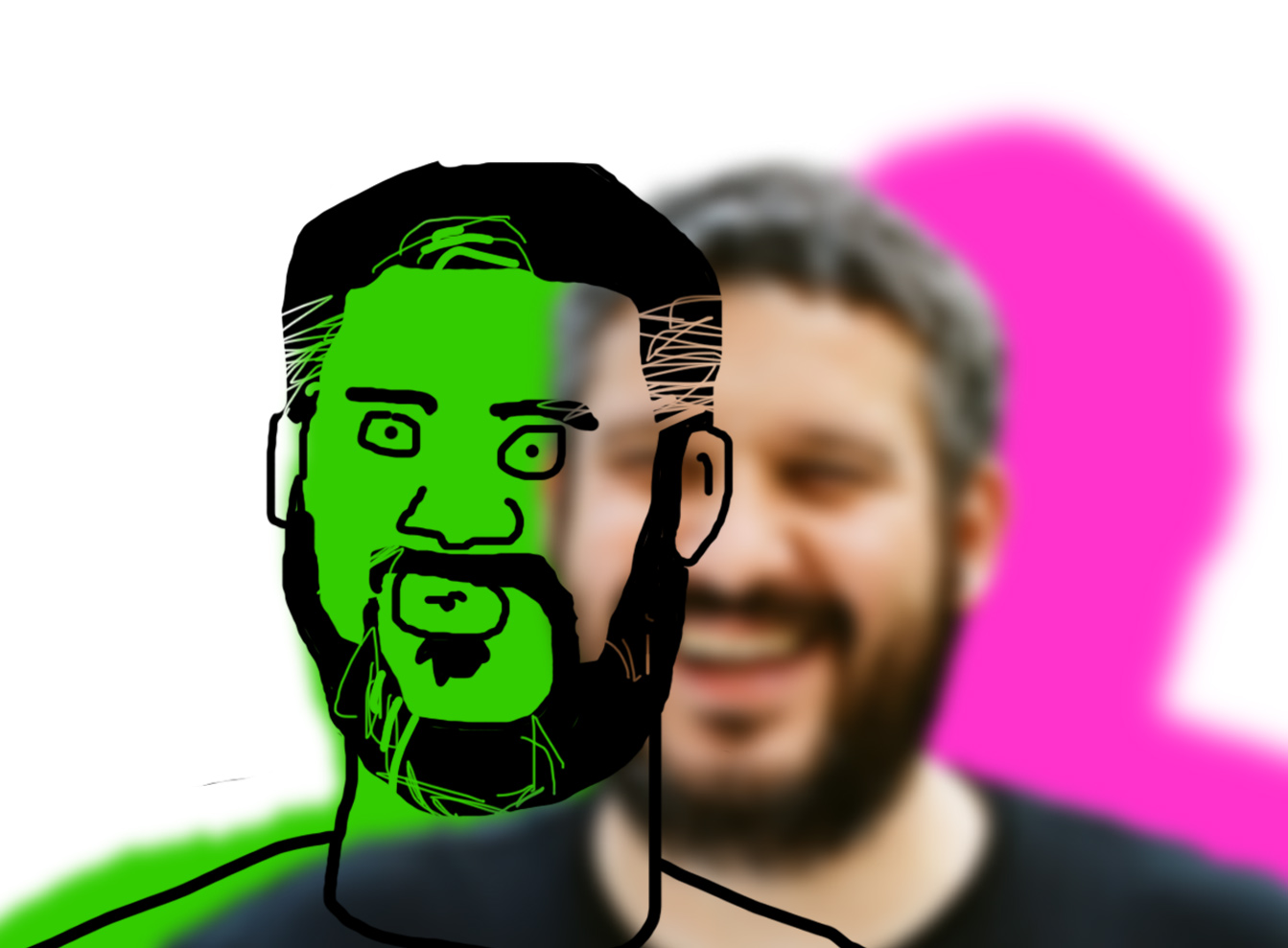



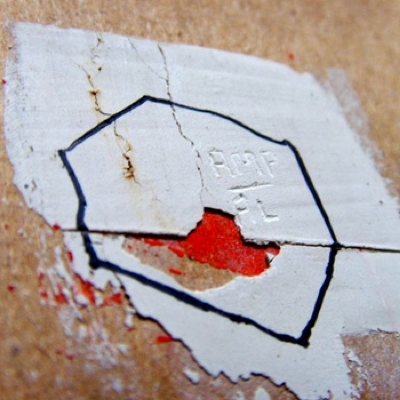
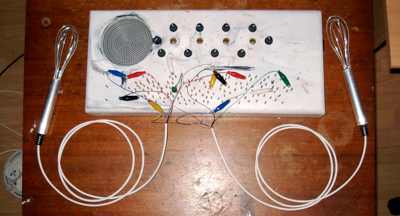
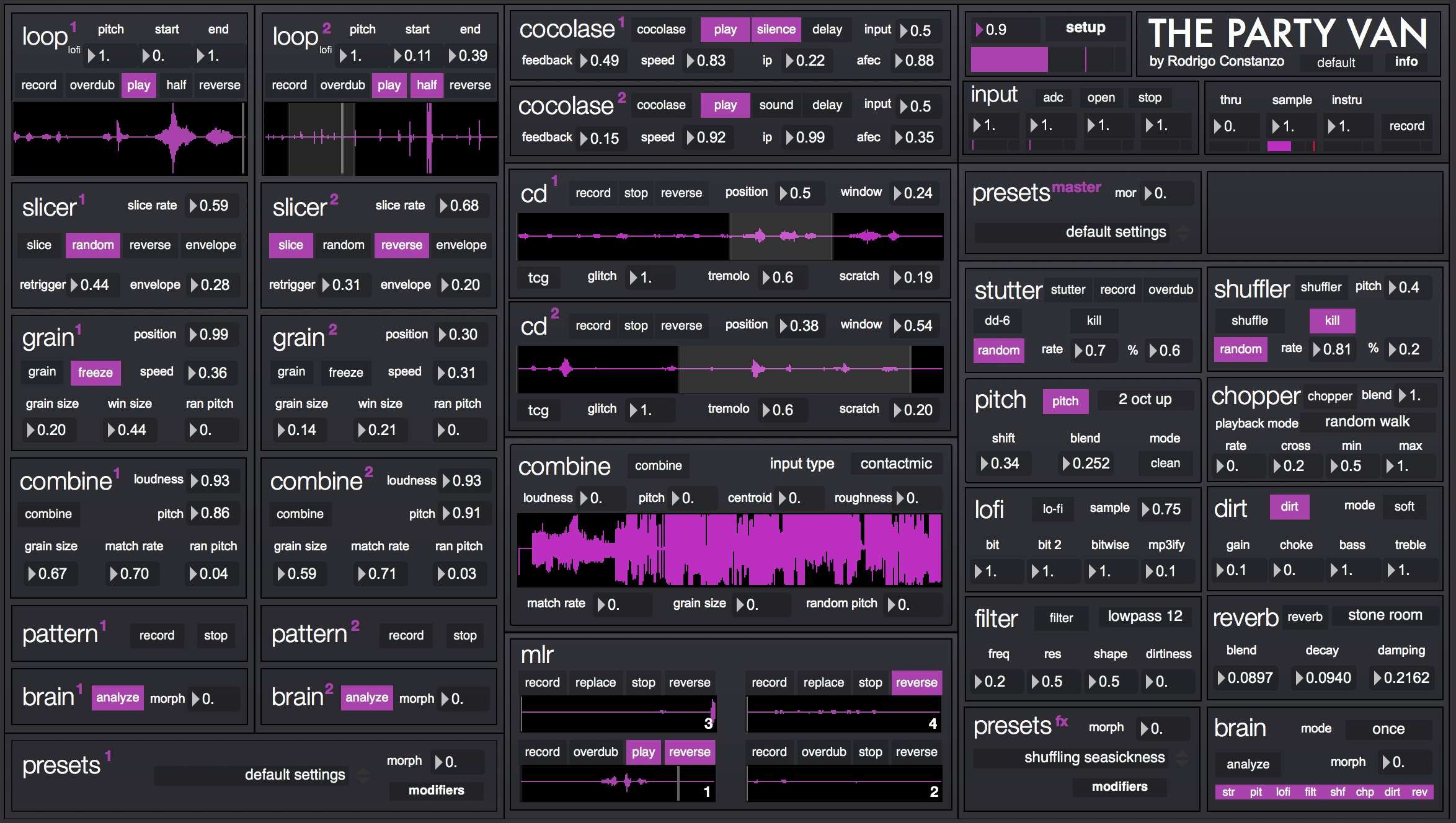
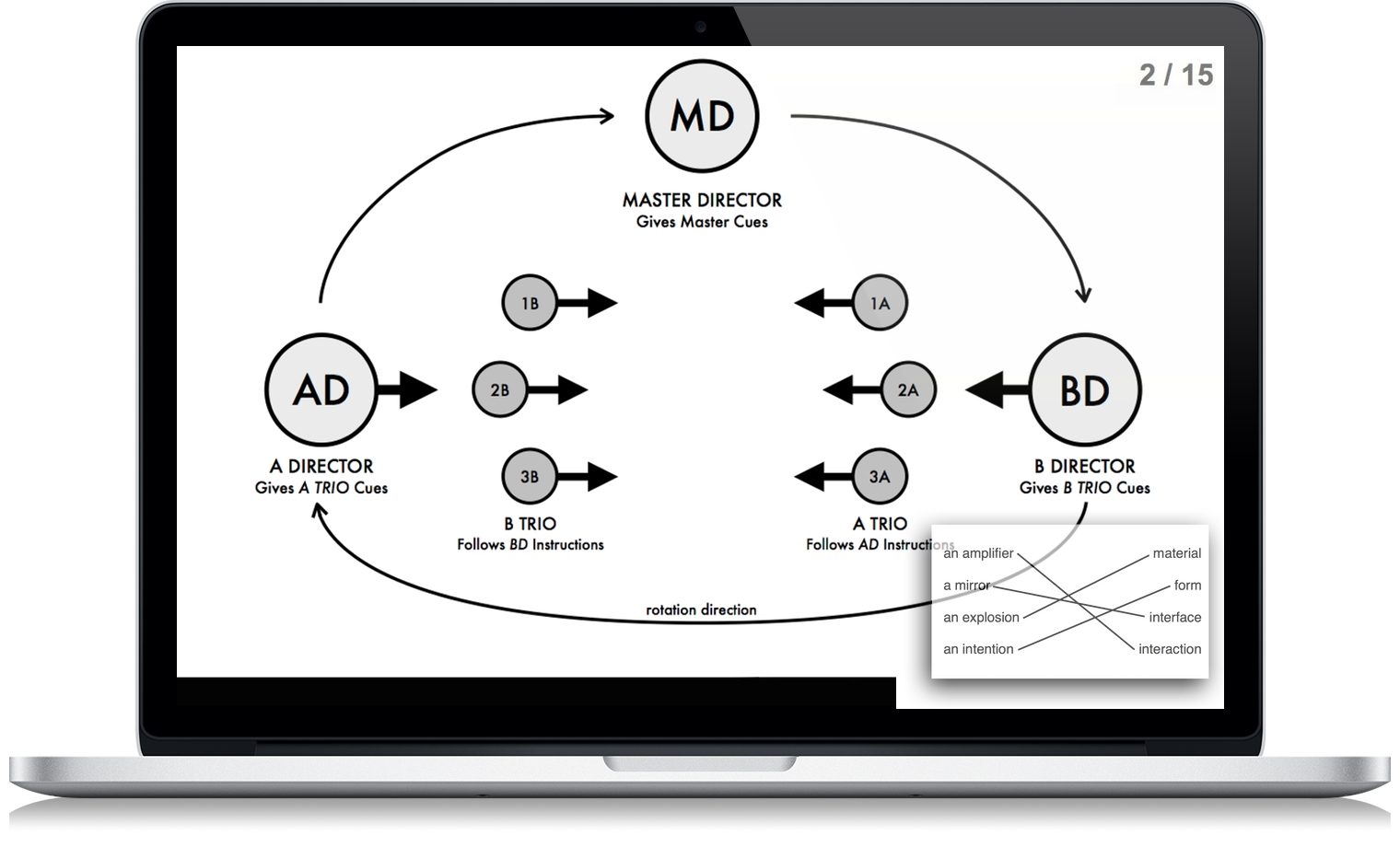
I’m presently a student of the arts, and I struggle constantly with the necessity to perform economically rewarding but aesthetically vacuous work in order to survive. I worry that my artistic practice is already affected by economic forces, but I can’t imagine continuing to work a job on the side for the rest of my life if there’s even just a chance that I might be able to be financially remunerated for my artistic output, or at least for performing work which uses related skills. I recognize that your situation must be different from mine, and that what works for you needn’t work for me, but I wonder if you might have any advice to share regarding the necessity to seek economic means one way or another. I wonder how you reconcile your decision not to seek payment for your art with the need to get payed somehow.
I’m grateful for all you’ve shared here, and wish you all the best.
I hear where you are coming from.
And even with a progressive view of art/money, I still (currently) live in a world where ‘money’ exists as a thing, and as such I need to eat, pay rent, etc…
For that I have a job, teaching music. Thankfully, this is something I enjoy, though I understand this is not the case for everyone.
I guess given your example, the ‘job you have on the side’ is what you are currently doing with music. Taking gigs you don’t find satisfying. A good friend of mine told me an anecdote about a friend of his where his friend kept turning down the interesting (though unpaid) gigs he was getting offered and instead took the well paying gigs he didn’t want to do. After a long enough period of time, those were the only calls he would get. That became his life.
Granted, I have a quite extreme view on this, and am in a position where I can “afford” (to use the unfortunately money-centric vocabulary where are all embedded with) to isolate my creative muscle from the push/pull of money altogether.
So in short, I suppose my advice is to say that you are interested in two things. Making money, and making art. Some people are lucky, and those two can be related (though I have my doubts), but it’s important not to confuse the two. Because if you do, you will eventually link the input of one to the output of the other.